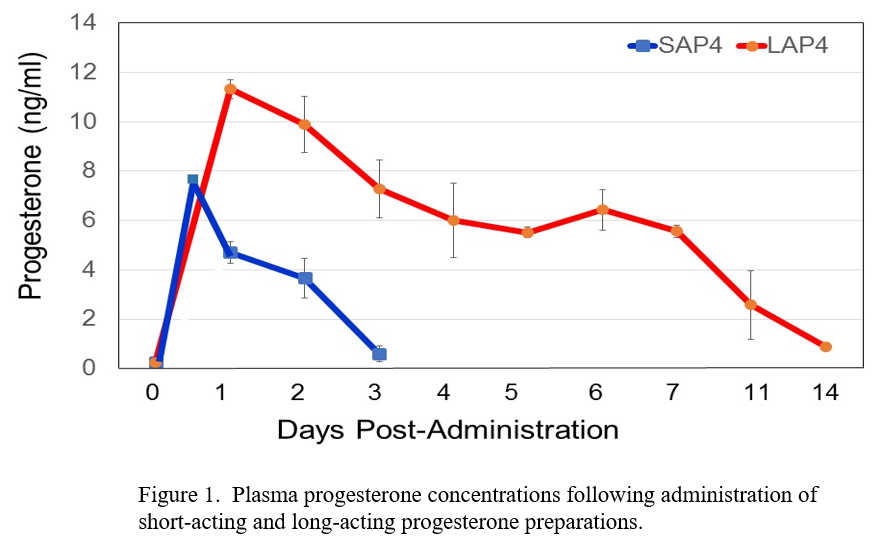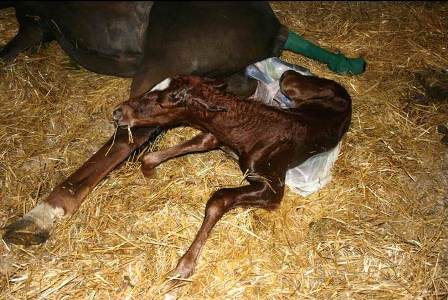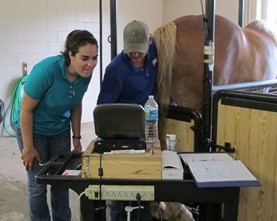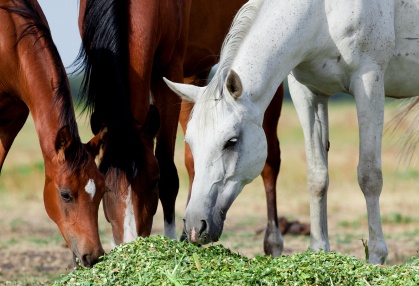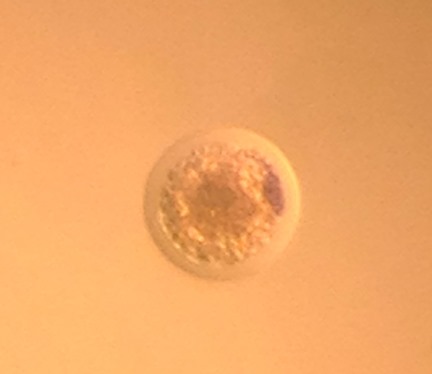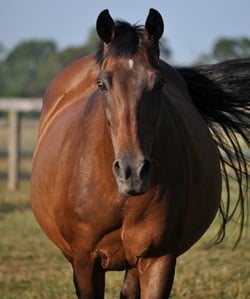
Now that your mare is safely checked in foal, the next step in the journey begins. It is time to plan ahead for the care and management of your pregnant mare and for welcoming the arrival of your foal. A major first step is, where will your mare foal out? If she is to foal out at home it is assumed you have a suitable foaling stall, a pasture with shelter and safe fencing to house the mare and her foal. Research and start to compile your foaling kit, emergency plans and contacts, secure a source of colostrum and research options for nurse mares. Of course, we all hope for a normal, successful delivery, but we have to be prepared for worst case scenarios. If the unexpected happens at such an emotional time, having a plan in place will alleviate stress and save time when tough decisions must be made. If your mare will foal out at another facility, plan on moving her 20-30 days prior to foaling so she can build up immunity to her new local environment.
